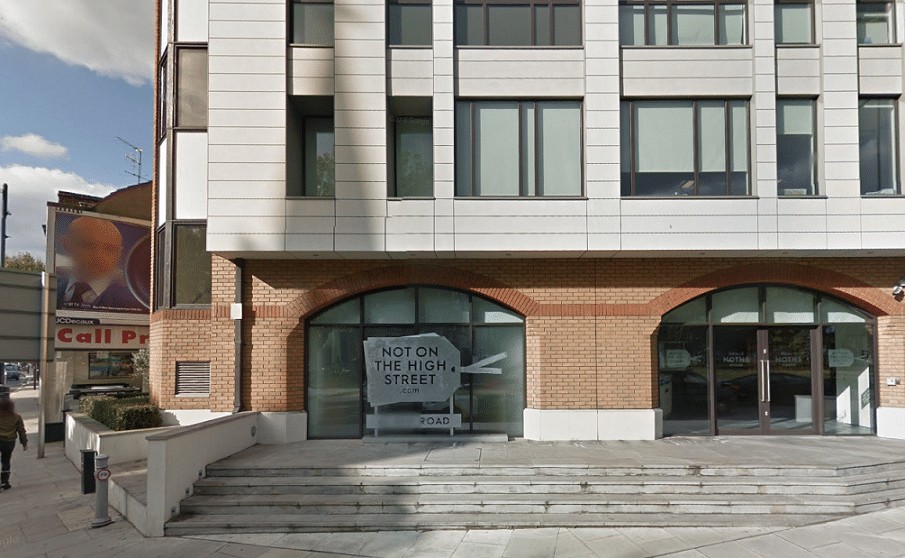
There’s no doubting the massive growth of online craft sites like Etsy and Threadless. Developed in 2005 as an online marketplace for co-founder Rob Kalin’s unique wood-encased computers, Etsy is the leading community forum for artisan crafters, and registered thousands of sellers within months. It now rivals the likes of eBay and Amazon marketplaces as the platform for artisanal producers, having given plenty of small businesses their start.
The custom t-shirt company Threadless prints and sells over a million t-shirts a year, inviting consumers to submit designs they’ve created and picking the best to put on sale. Much of Threadless’ success is that it empowers designers to promote themselves.
If you’re an SMB, it might just be worth taking a leaf out of their book and learning from the online craft revolution. Be it facilitating a guerilla marketing campaign, getting your users involved in the design and development process of your products, or simply embracing the online craft revolution, you can improve your brand’s visibility and deploy a mass-marketing campaign with a significant return on investment.
Threadless’s vice president of marketing writes that community is their philosophy: “The people who submit ideas to us, vote and buy our products aren’t random people, and they aren’t producing random work. We work closely with our consumers and give them a place on our site.”
Cultivating a network of designers and crafters is what Threadless count as the key to their success. Not only do they provide a platform for budding crafters to get their products on the market, but they use that relationship to generate sales through a social media strategy that interacts with individuals, making its content hugely shareable.
But why t-shirts in the first place? T-shirts make brand ambassadors everywhere wearers go in the community. It’s a small investment for your business, that reaps huge returns. Creative t-shirt printers Printsome take the guerrilla advertising nature one step further, describing printed tees as marketing weapons: “no other type of clothes can say they make cultural and political statements quite like the t-shirt.” It’s a powerful marketing tool for your brand that can amplify your message.
“Slogans work on so many different levels; they’re almost subliminal” says designer Katharine Hamnett. Sporting a t-shirt with a slogan emblazoned across its chest is “a way of people aligning themselves to a cause. They’re tribal.” Just like the Choose Life slogan, sported famously by Wham!, not only can a branded t-shirt serve as a walking billboard for your personal or corporate brand, but last well beyond the initial campaign period to extend the life of your message.
As shown by the popularity of t-shirt slogans like Straight Outta Compton, I ♡ New York and Frankie Says Relax, that message can take on a life of it’s own, with plenty of others appropriating designs for their own purposes. There are plenty more that go viral, as in the case of the Ramones band tee. It’s the marketing strategy that sees sports teams win huge sponsorship deals in exchange for putting their logo on their kits.
For any SMB hoping to spread the word and embark upon a guerilla marketing campaign for their brand, the craft revolution in brand and slogan tees fosters a community that can do wonders for the presence of your brand.
If you’ve ever walked the streets or stations of London, you’re likely familiar with the ‘Baby On Board’ badge. TfL have also trialled a similar badge ‘Please offer me a seat’ to be worn by people with hidden disabilities. The purpose of these badges is to encourage commuters to give up their seats to other people who may be more in need.
Last year, a similar product made headlines: the Tube Chat? Button. Created and distributed for free by a well-intentioned commuter named Jonathan Dunne, its aim was to encourage more social interaction between London commuters who are renowned for their awkward silence. Of course, the response from Londoners was simply a wealth of spoof badges. Their popularity is owed to such sites as Etsy and notonthehighstreet.com, where one-time crafters can list token products such as these that might not warrant high street shelf space, but are nevertheless in demand.
It’s not just niche crafts that have found a welcome platform online. ThreeBirdNest makes $80,000 a month selling handmade leg warmers and headbands on Etsy. There’s nothing particularly unique about the products in the online store, but the online platform has enabled the startup to grow organically according to demand.
The real success of the online craft revolution is owed mostly to the shareability of products. ThreeBirdNest creator Alicia Shaffer credits much of her success to Pinterest, having ‘pinned’ all her Etsy listings to be discovered on the social site. Pinterest is considered a huge driver of ecommerce, and since the introduction of ‘Buyable Pins’ have been targeting a more holistic approach to the shopping experience from “that first moment of inspiration.”
Of course, hosting a retail store online has further benefits than just marketing. Small business owners find it reduces their overheads, saving money on renting or buying a retail premises, and allowing them to work flexibly from home.
There are now selling tools available to online retailers that were previously only available in larger brick and mortar stores, including consumer financing and loyalty programs. Of course, the online payment process makes for paperless billing, a wholly digitised banking system and integrated accounting tools too.
Thanks to the online craft revolution, there is an increasing opportunity for SMEs to grow their businesses with relatively small capital outlay. Marketing and maintaining your business online with a crafting community is the key to startup success.